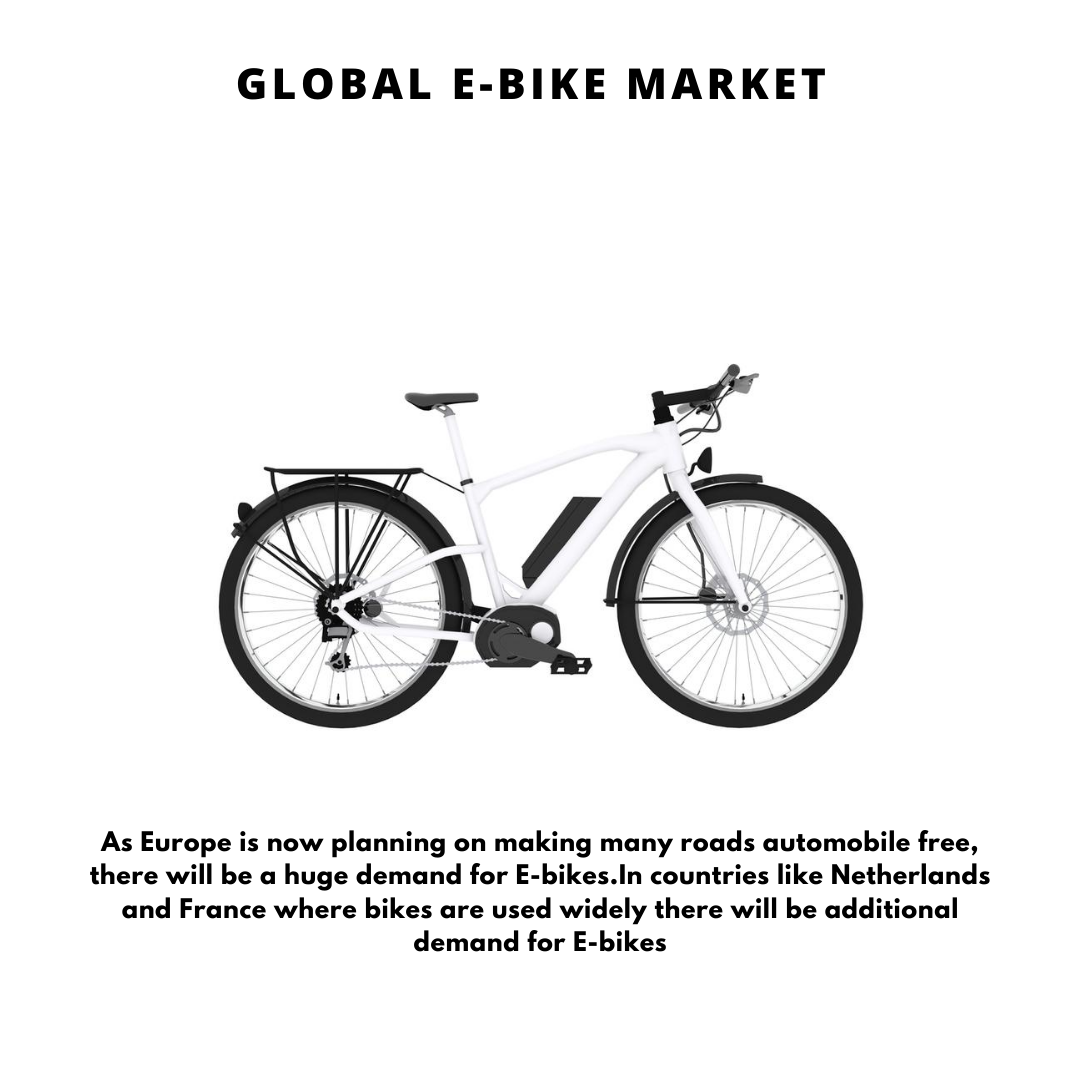Recognize The E-Bike That Fits Your Lifestyle While Satisfying All Legal Responsibilities
Recognize The E-Bike That Fits Your Lifestyle While Satisfying All Legal Responsibilities
Blog Article
Material Created By-Hollis Bjerg
If you're taking into consideration buying an e-bike, recognizing the different classes is key in making a notified choice. You could be shocked at just how each class uses special features that accommodate various riding choices and legal demands. From pedal-assist alternatives to throttle-controlled versions, each course has its advantages. So, prior to you choose the perfect e-bike for your needs, it's vital to understand the differences between Class 1, Course 2, and Course 3 e-bikes.
Course 1 E-Bikes
Class 1 E-Bikes are defined as pedal-assist electrical bicycles that offer help only when you pedal, discontinuing to do so when you get to 20 mph. These bikes are best for those looking for a little additional boost while still wanting to obtain some workout. Class 1 E-Bikes offer a smooth change between pedaling and electrical help, assisting you conquer hillsides and cross countries effortlessly. The motor begins as soon as you begin pedaling, providing a natural and easy adventure experience.
Among the vital advantages of Class 1 E-Bikes is that they're allowed on most bike paths and tracks where typical bikes are allowed. This suggests you can check out new paths and enjoy the great outdoors with no restrictions.
In addition, these bikes are environmentally friendly and provide a sustainable mode of transport, reducing your carbon footprint while still getting you to your location effectively.
Class 2 E-Bikes
Moving on from the pedal-assist dynamics of Class 1 E-Bikes, Class 2 E-Bikes present a brand-new element right into the electrical bike world. These e-bikes come with a spin throttle function, enabling you to ride without pedaling in any way. With this addition, you have the option to just engage the throttle and let the electric motor do the job, propelling you ahead effortlessly.
Course 2 E-Bikes are suitable for motorcyclists who may require a break from pedaling or need assistance when starting from a complete stop. source website makes them specifically appealing for individuals with restricted wheelchair or those who want an even more leisurely riding experience.
Nonetheless, it is essential to note that Class 2 E-Bikes are still controlled by a rate restriction of 20 mph, making certain safety and security and conformity with policies.
Class 3 E-Bikes
For riders seeking a much more dynamic electrical cycling experience, Class 3 E-Bikes deal enhanced speed and performance compared to their Class 1 and Class 2 equivalents. https://zugobike.s3.us-east-2.amazonaws.com/index.html -Bikes are referred to as "speed pedelecs" and can get to rates of as much as 28 mph, supplying a thrilling trip for those searching for an added increase. These bikes come outfitted with a pedal-assist system that begins when you begin pedaling, making it easier to maintain greater rates with less initiative.
One key function of Course 3 E-Bikes is that they aren't restricted to bike lanes only; they can also be used on roads where the rate restriction is 30 miles per hour or reduced. This versatility permits riders to browse through web traffic a lot more successfully while still delighting in the benefits of electric aid.
However, it's important to remember that some areas may have particular regulations relating to making use of Course 3 E-Bikes, so constantly examine regional laws prior to hitting the road.
Final thought
So, since you understand the differences in between Class 1, 2, and 3 E-Bikes, you can make an educated choice on which type best fits your demands. Whether you prefer pedal-assist, throttle function, or greater speeds, there is an E-Bike course out there for you. Keep in mind to consider your regional guidelines and personal preferences prior to making your option. Pleased riding!
